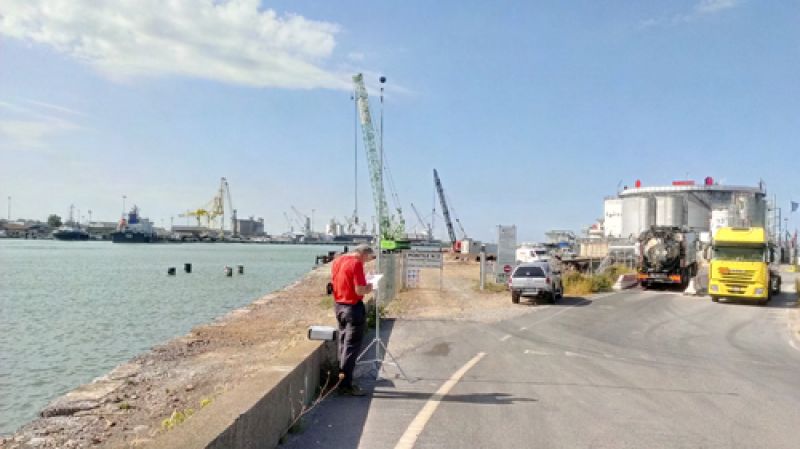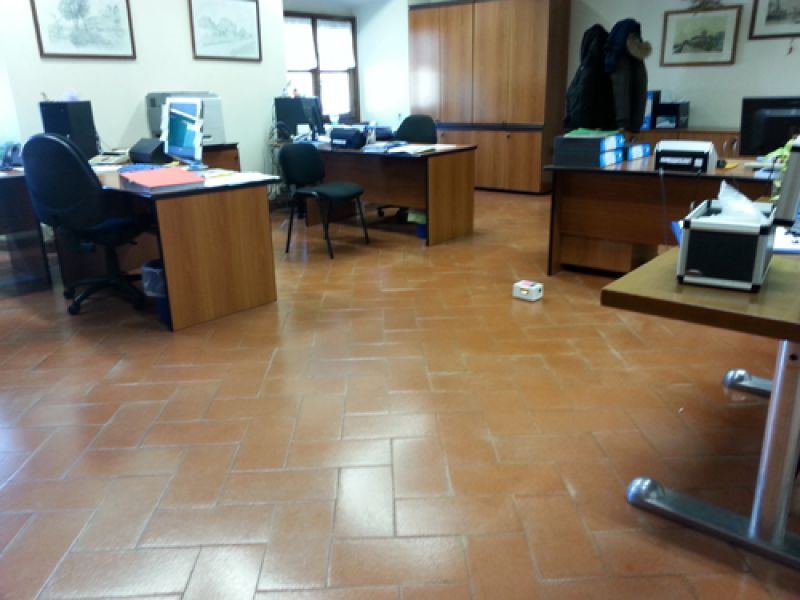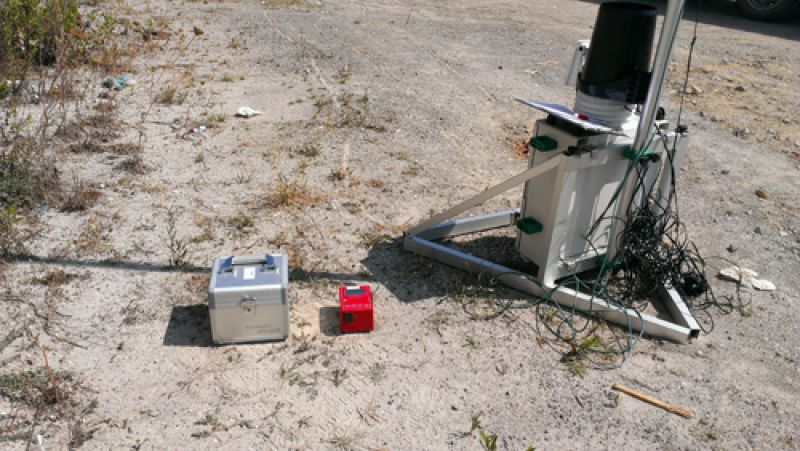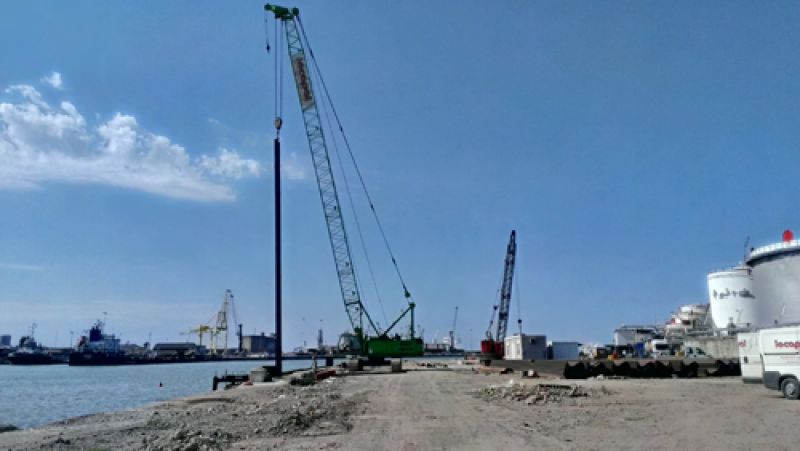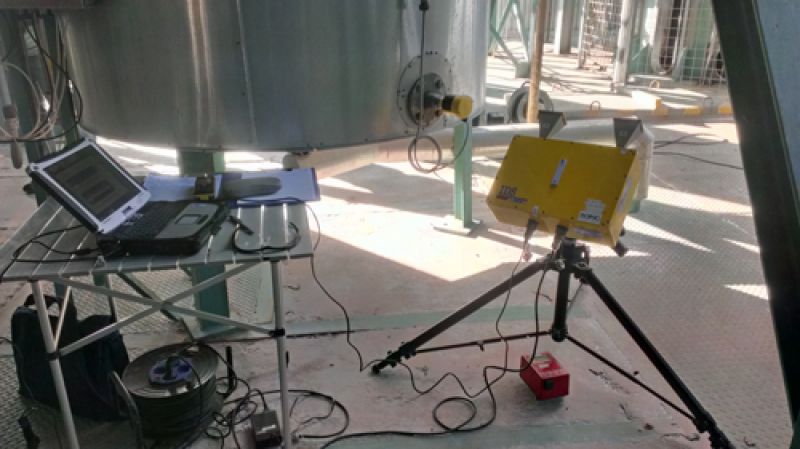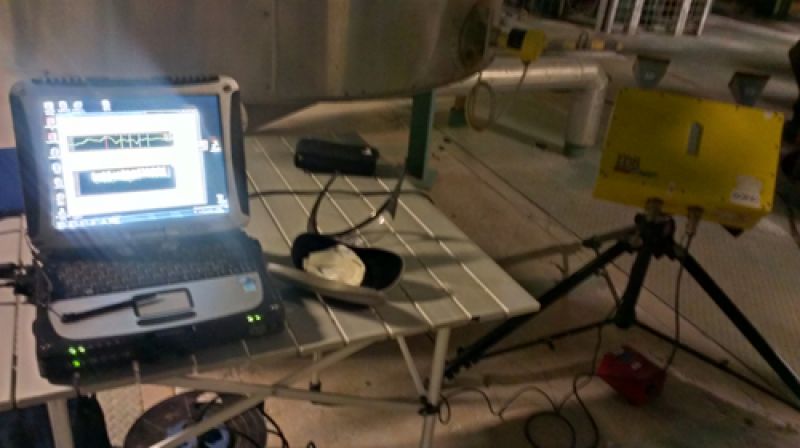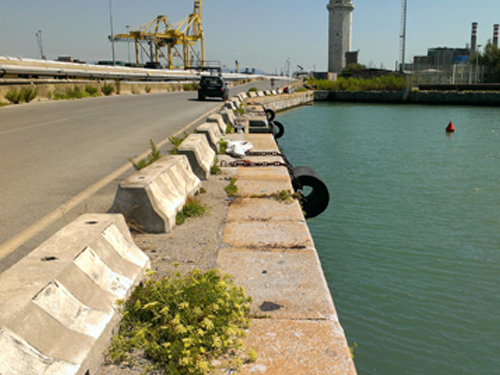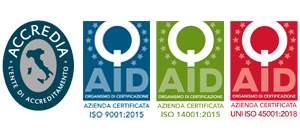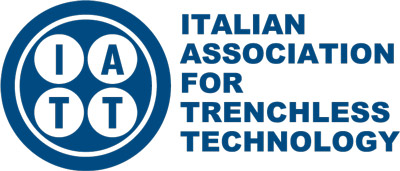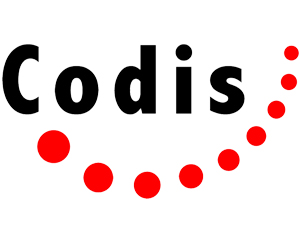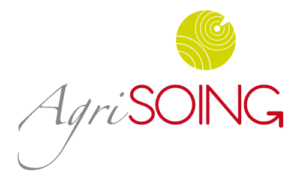The study of vibrations can now be conducted in an innovative way, by using traditional Seismographs and Vibrometers integrated by the use of ground-based interferometric radar.
For example, the vibrational effects of wooden floors can be investigated with techniques which exploit the “Human factor” environmental and driven micro-tremors, in order to reconstruct the dynamics identification of the building. In Livorno, this analysis was performed for the Port Authority for a portion of Palazzo Rosciano. The analysis was carried out in compliance with the Italian standard Criteria of measurement and evaluation of the effects of vibrations on buildings (UNI 9916) and the German standard, “Vibrations in buildings: effects on structures (DIN 4150-3)”, from which UNI 9166 is directly derived”.
Another type of vibration analysis can be applied together with the assessment of noise and noise impact generated by vibro-embedding works of sheet piles in the sea or on land.
Another type of vibration analysis can be applied together with the assessment of noise and noise impact generated by vibro-embedding works of sheet piles in the sea or on land.
During 2015, once again for the Port Authority of Livorno, we conducted a campaign of sound measurements and functional vibration in order to study the acoustic and vibration impact of the works for the wharf 12 construction project and the Darsena Petroli’s underwater structures in the port of Livorno. These acoustic measurements, together with those relating to vibrational levels, were carried out in the following conditions:
– in the absence of works
– during at least two different timescales, during different phases of the sheet pile embedding.
The structural vibration analysis, performed with remote techniques, without any contact with the structure, was carried out with radar interferometry. SOING uses an IBIS system manufactured by IDS SpA.
During 2015, we remotely monitored a drier’s burner body placed inside the Rhodia plant in Livorno, belonging to Solvay S.p.A. The interferometric method was able to remotely identify surface movements of the investigated structure with a hundredth of a millimetre precision and with a high sampling rate (up to 200 measurements per second). The systems used enabled us to carry out a dynamic-vibrational analysis of the drier’s structure in order to evaluate any changes in the modal frequencies as a result of changes in certain operating parameters of the drier.

